When you think of classic herbs that bring both freshness and health to your kitchen, parsley is likely one of the first that comes to mind. With its vibrant green color, mild yet distinctive flavor, and impressive nutritional benefits, parsley has become a staple in American kitchens and gardens.
Whether it’s used as a garnish on grilled meats, a bright addition to pasta sauces, or a key ingredient in fresh salads, parsley adds more than just color—it brings life to your dishes. But beyond its culinary uses, parsley is also known for its detoxifying, immune-boosting, and digestion-friendly properties, making it one of the most versatile herbs you can grow and cook with.
In this article, we’ll explore the fascinating world of parsley—its history, health benefits, varieties, gardening tips, and creative ways to use it in everyday American cooking.
A Brief History of Parsley
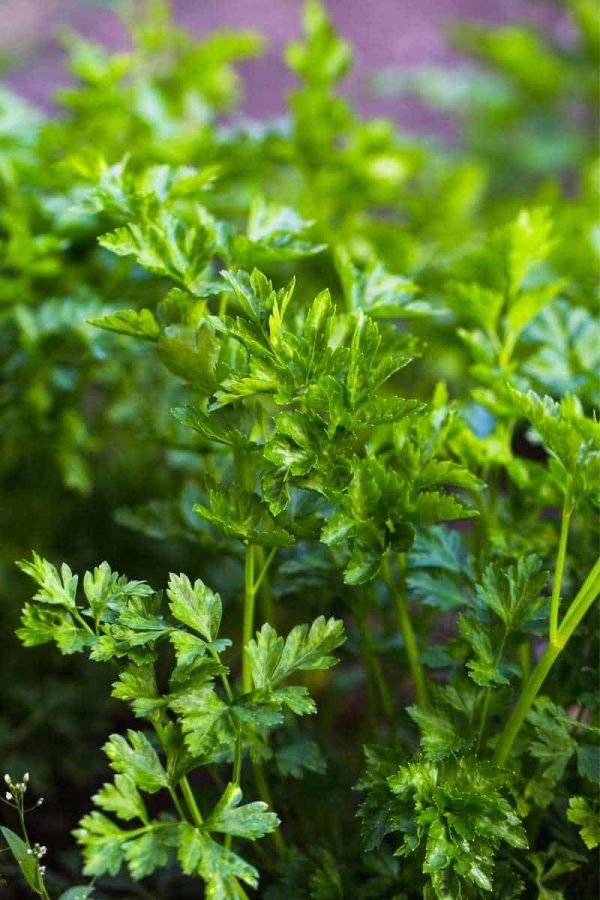
Parsley (Petroselinum crispum) has been cultivated for more than 2,000 years, originally in the Mediterranean region. The ancient Greeks viewed it as a sacred plant, while the Romans began using it in cooking and medicine. By the Middle Ages, parsley had made its way across Europe and eventually to North America, where it became a beloved culinary herb.
Today, parsley remains a staple in American homes—used in everything from New England chowder and Midwest potato salads to Southern fried fish and California-style health bowls. Its fresh flavor and adaptability make it one of the most universal herbs in the kitchen.
Types of Parsley
There are two main types of parsley commonly used in American cooking:
- Curly Leaf Parsley (Petroselinum crispum)
This variety features ruffled, curly leaves and is often used as a garnish for soups, meats, and vegetables. Its mild flavor makes it ideal for decorative purposes and light seasoning. - Flat-Leaf or Italian Parsley (Petroselinum neapolitanum)
With broader leaves and a stronger aroma, flat-leaf parsley is preferred by chefs for cooking. It holds up better under heat and has a richer, peppery flavor that enhances sauces, marinades, and salads.
Both types are easy to grow and bring fresh greenery to your kitchen or garden.
Nutritional and Health Benefits of Parsley
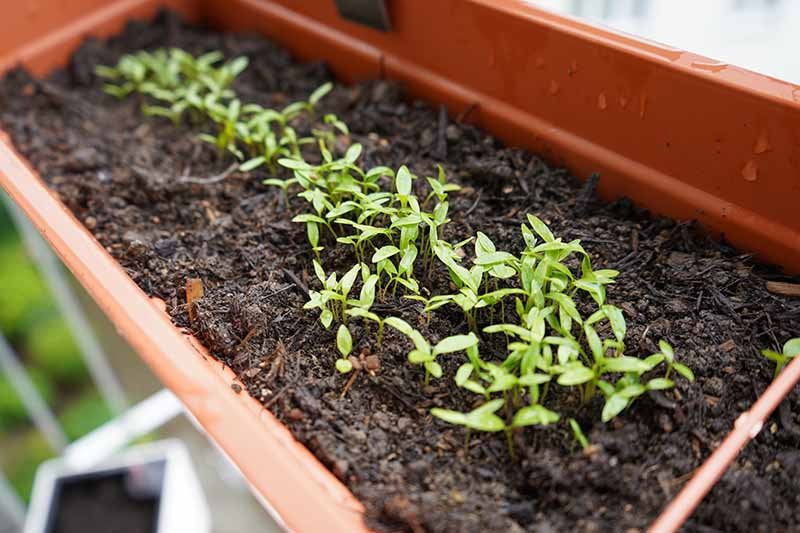
Parsley isn’t just for decoration—it’s a nutritional powerhouse packed with vitamins, minerals, and antioxidants.
Here’s why this humble herb deserves a permanent spot in your pantry and on your plate:
1. High in Vitamins A, C, and K
Parsley is rich in vitamin A (for eye health), vitamin C (for immunity), and vitamin K (for bone health and blood clotting). Just a few sprigs can cover a significant portion of your daily requirements.
2. Detoxifies the Body
Parsley acts as a natural diuretic, helping flush out excess fluids and toxins from the body. It’s often used in detox juices and herbal teas.
3. Supports Heart Health
Its high folate content helps reduce homocysteine levels—a compound linked to heart disease—making parsley beneficial for cardiovascular wellness.
4. Boosts Immunity
Rich in antioxidants like flavonoids and carotenoids, parsley helps strengthen your immune system and fight inflammation.
5. Freshens Breath
Chewing on fresh parsley leaves after a meal helps neutralize odors naturally, thanks to its chlorophyll content.
6. Improves Digestion
Parsley aids digestion and can soothe bloating or indigestion when consumed as tea or infused water.
7. May Support Bone and Joint Health
With high levels of vitamin K and calcium, parsley supports bone strength and reduces inflammation in the joints.
This small green herb packs big health benefits—making it a perfect example of food as medicine.
Growing Parsley in Your Home Garden
Parsley is one of the most beginner-friendly herbs to grow in the United States. It’s a biennial plant, meaning it grows for two years, producing lush leaves in its first season and flowering in its second.
Here’s how to grow parsley successfully in your backyard or kitchen garden:
1. Choosing a Location
Parsley loves full sun to partial shade. It thrives in well-drained, nutrient-rich soil with a pH of 6.0–7.0.
2. Planting from Seed
- Soak seeds in warm water overnight before planting to speed up germination.
- Plant seeds about ¼ inch deep and 6–8 inches apart.
- Germination takes 2–3 weeks, so be patient—it’s worth the wait!
3. Watering
Keep the soil consistently moist, but not soggy. Parsley grows best when watered regularly, especially in warmer climates.
4. Harvesting
Begin harvesting when the plant has at least three sets of mature leaves. Always pick from the outer stems first, allowing the inner ones to continue growing.
5. Overwintering
In warmer American regions (zones 7–10), parsley can grow year-round. In colder zones, cover the plants with mulch or bring potted parsley indoors for the winter.
How to Store and Preserve Parsley
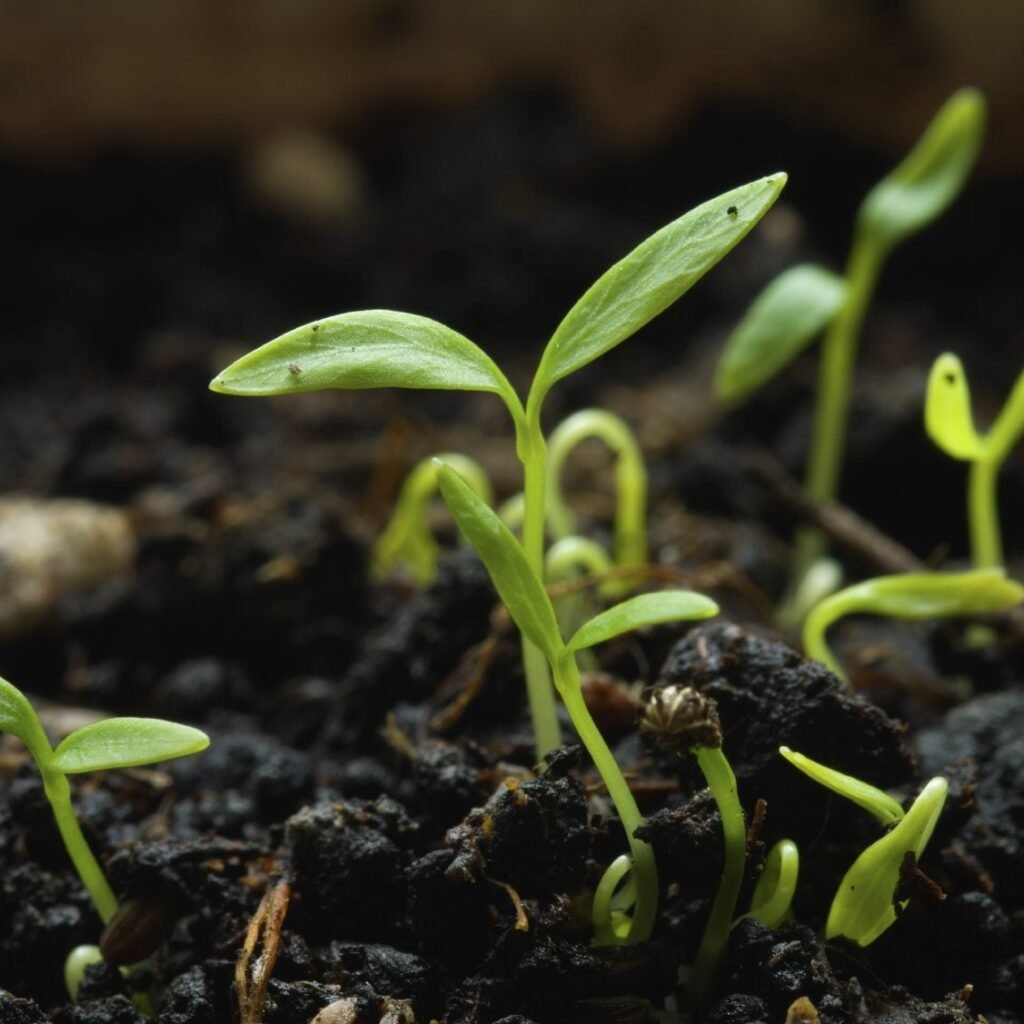
Fresh parsley can last for days—or even weeks—with the right care. Here are some methods to keep it fresh:
- Refrigerate: Wrap the stems in a damp paper towel and place in a sealed plastic bag or glass of water inside the fridge.
- Freeze: Chop and freeze parsley in ice cube trays with olive oil or water for long-term use in soups and sauces.
- Dry: Hang bunches upside down in a dark, airy place for a week, then crumble and store in airtight jars.
Fresh parsley offers the best flavor, but preserved parsley still keeps its nutritional punch.
Culinary Uses of Parsley in American Cooking
Parsley’s clean, peppery flavor makes it a perfect companion to countless dishes. It enhances flavor without overpowering other ingredients—a trait every cook appreciates.
Here are some popular American dishes and uses for parsley:
1. Garnish with Flavor
A sprig of curly parsley on mashed potatoes, grilled fish, or roasted chicken isn’t just decoration—it adds freshness and balance to rich, savory foods.
2. Homemade Chimichurri Sauce
A zesty South American-inspired sauce loved in American kitchens for grilling season.
Ingredients:
- 1 cup flat-leaf parsley
- 2 garlic cloves
- ½ cup olive oil
- 2 tbsp red wine vinegar
- 1 tsp oregano
- Salt, pepper, and chili flakes to taste
Directions:
Blend everything until smooth. Drizzle over grilled steak, chicken, or vegetables.
3. Tabbouleh Salad
A refreshing Middle Eastern dish that has become a summer favorite in the U.S.
Ingredients:
- 1 cup chopped parsley
- ½ cup bulgur wheat
- 1 tomato, diced
- 1 cucumber, chopped
- 2 tbsp olive oil
- 1 tbsp lemon juice
- Salt to taste
Directions:
Combine all ingredients, toss well, and chill before serving.
4. Parsley Pesto
A twist on traditional basil pesto—perfect for pasta, sandwiches, or roasted vegetables.
Ingredients:
- 2 cups parsley leaves
- ½ cup olive oil
- ¼ cup Parmesan cheese
- ¼ cup walnuts or pine nuts
- 2 garlic cloves
- Salt to taste
Directions:
Blend all ingredients until creamy. Store in the fridge for up to a week.
5. Parsley Butter for Grilled Meats
Mix softened butter with chopped parsley, garlic, and lemon zest. Spread over grilled steaks, seafood, or corn for a burst of flavor.
6. Parsley Smoothies and Juices
Add a handful of parsley to green juices or smoothies for a natural detox boost. Combine it with apple, cucumber, and lemon for a refreshing drink.
Parsley in Modern American Cuisine
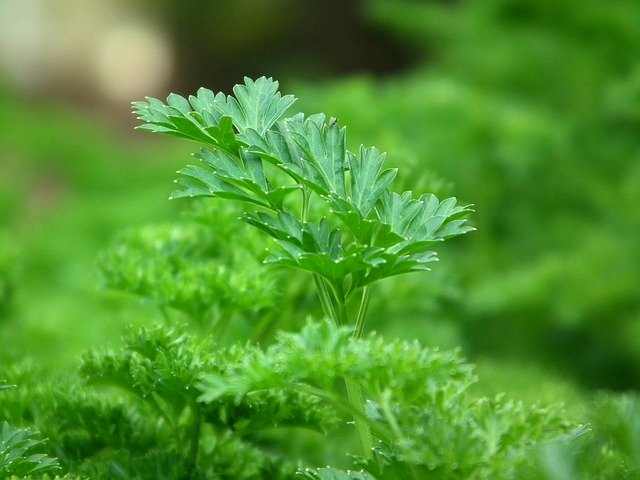
In today’s health-conscious America, parsley has gone beyond the garnish plate. Chefs and home cooks alike are celebrating it as a main ingredient in plant-based meals, detox drinks, and wellness recipes.
It’s featured in:
- Farm-to-table salads and fresh dressings
- Herbal teas and infused waters
- Green sauces for fish and chicken
- Detox juices and wellness smoothies
The trend toward clean eating and home gardening has made parsley even more popular among Americans who appreciate its flavor, health benefits, and low-maintenance growth.
Fun Facts About Parsley
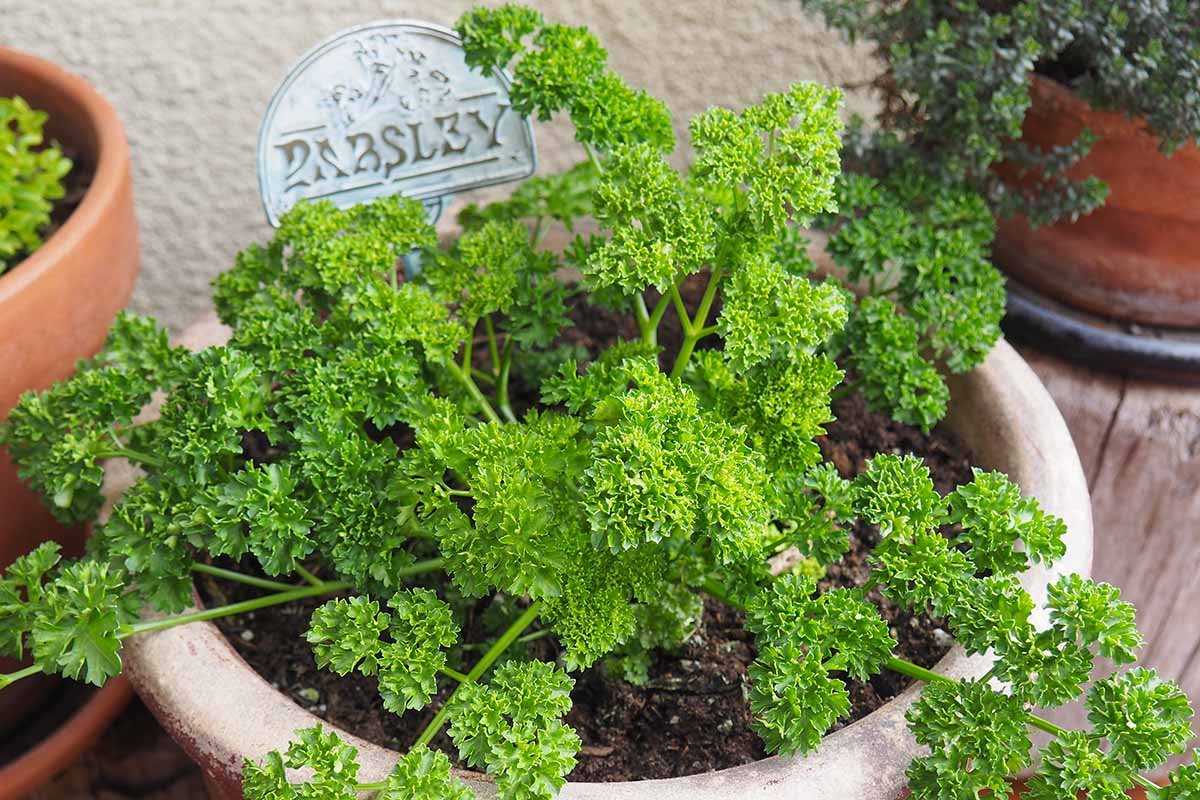
- Parsley is part of the same family as carrots, celery, and dill.
- Ancient Romans used parsley crowns to ward off intoxication at feasts.
- The U.S. grows thousands of tons of parsley annually, with California and New Jersey leading production.
- Parsley is sometimes called the “herb of hospitality”, symbolizing freshness and welcome.
Tips for Using Parsley Like a Pro
- Add it at the end of cooking – Heat can dull parsley’s flavor, so stir it in just before serving.
- Chop finely for better texture – Use a sharp knife to avoid bruising the leaves.
- Pair it wisely – Parsley complements garlic, lemon, olive oil, and most meats or vegetables.
- Mix varieties – Combine curly and flat-leaf parsley for both texture and flavor.
Final Thoughts
Parsley may seem simple, but it’s one of the most powerful and versatile herbs in American cuisine. From backyard gardens to restaurant kitchens, this humble green leaf brings flavor, freshness, and nutrition to every dish it touches.
It’s easy to grow, rich in health benefits, and endlessly adaptable—making it a must-have for cooks and gardeners alike. Whether you’re whipping up a chimichurri sauce for summer grilling, sprinkling it over roasted potatoes, or juicing it into a morning smoothie, parsley proves that sometimes, the simplest herbs make the biggest impact.
So next time you reach for fresh herbs, give parsley the spotlight it deserves—it’s more than a garnish; it’s a green gem that keeps America cooking fresh and feeling great.
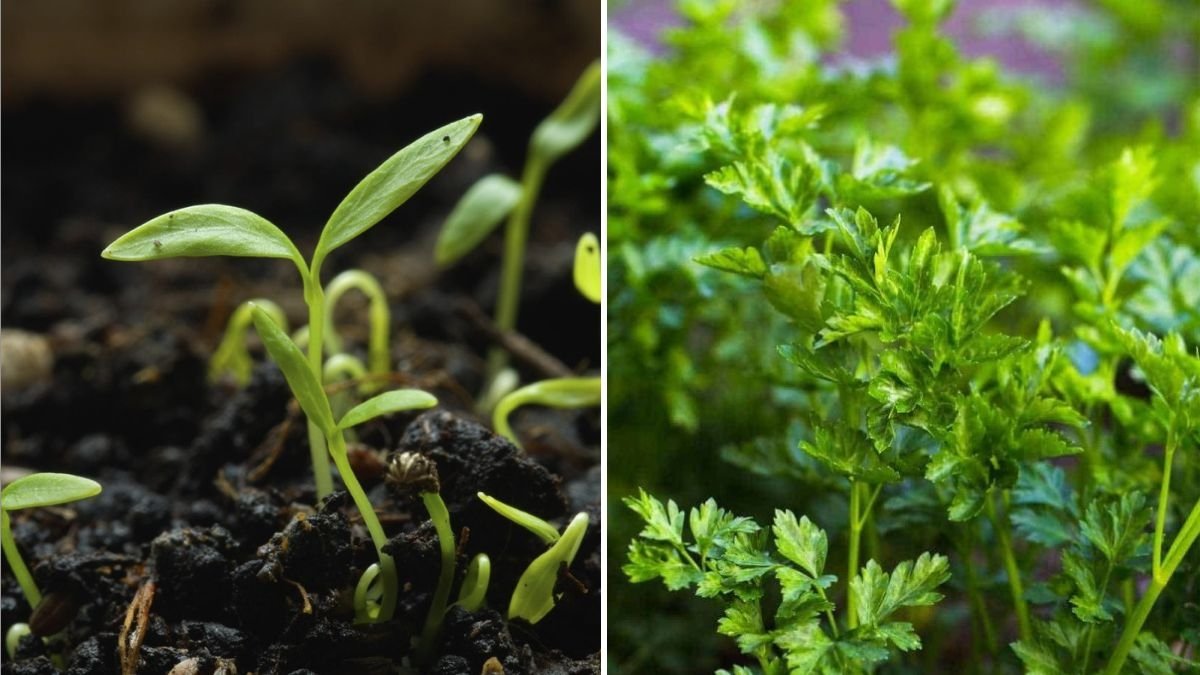
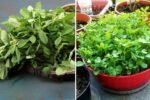
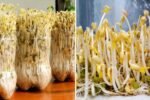

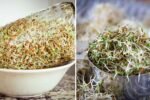

Leave A Comment